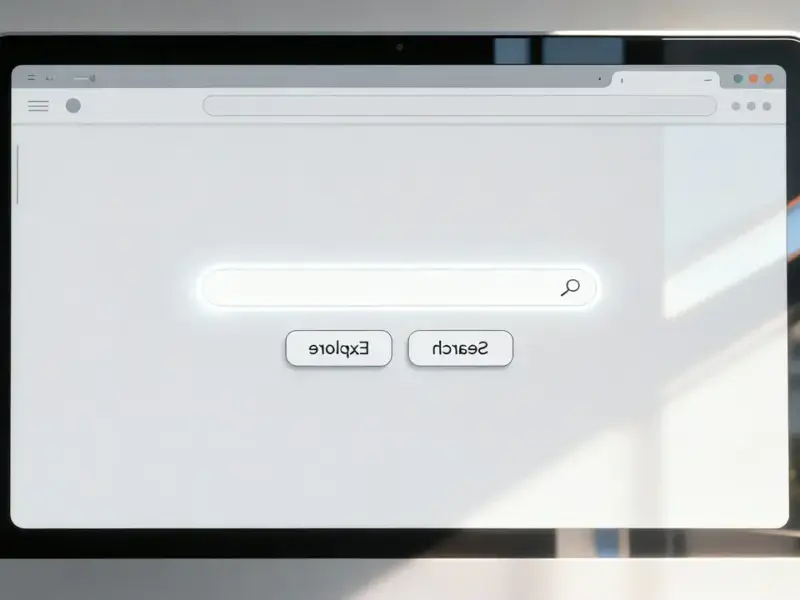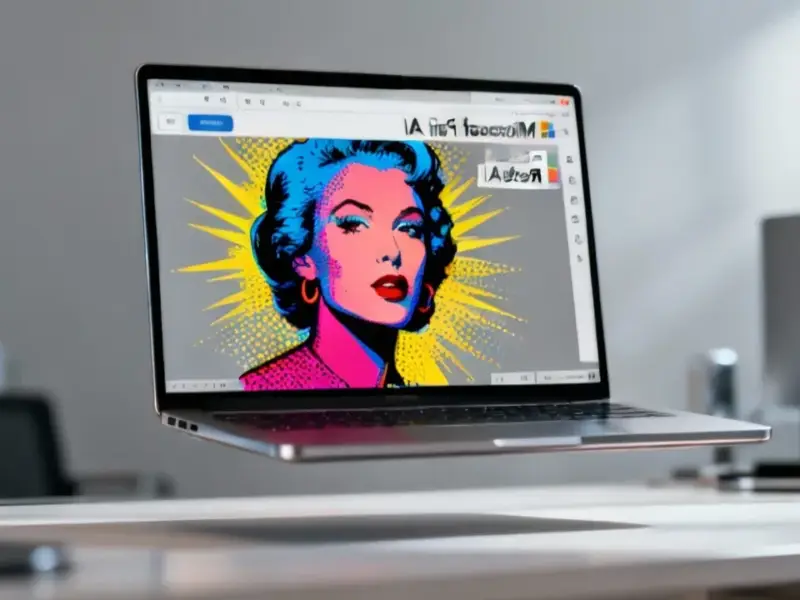According to The Verge, Microsoft is facing significant backlash over its aggressive AI integration into Windows 11, with Windows chief Pavan Davuluri’s recent announcement about building an “agentic OS” drawing hundreds of negative responses before replies were locked. The company detailed its vision at this week’s Ignite conference to embed AI capabilities throughout Windows, allowing agents to control PCs autonomously while adding Copilot buttons everywhere. Users immediately compared the situation to Windows 8’s disastrous 2012 redesign, with many threatening to switch to Mac or Linux and others demanding a return to Windows 7’s clean interface. Microsoft CEO Satya Nadella confirmed the company’s entire business is shifting toward supporting AI agents rather than human users, while recent Copilot failures—like dangerously misidentifying a UV sterilizer—highlight the technology’s unreliability despite being heavily marketed.
Windows 8 Redux
Here’s the thing: Microsoft has been here before. Remember Windows 8? That was the company’s last big “we know better than you” moment, when they ripped out the Start menu and forced a touch-first interface on desktop users who weren’t ready. Now we’re seeing the same pattern emerge with AI. The company seems so terrified of missing the AI wave that they’re shoving half-baked features into an operating system used by over a billion people.
And honestly, who can blame users for being skeptical? When Davuluri posted about the agentic OS vision, the response was overwhelmingly negative. People are tired of the bloat, the inconsistent dialogs, the ads, and now this AI stuff that doesn’t even work reliably. It’s like Microsoft learned nothing from the Windows 8 disaster.
AI Reality Check
Look, I’ve tried Copilot. Multiple times. And it’s basically the same experience every time—it works great when it works, but fails spectacularly when it doesn’t. The Verge’s example of Copilot Vision nearly causing someone to destroy their kitchen appliance is exactly the problem. This isn’t some hidden beta feature—Microsoft is running TV ads telling people to talk to their PCs!
They even had to quietly delete an influencer video where Copilot embarrassingly failed to identify Windows settings. So why are they pushing this so hard? Because Nadella sees the future as AI agents doing human work, and he wants Microsoft to be the infrastructure provider. In his recent podcast interview, he basically said their business will shift from serving humans to serving AI agents. But what about the humans using Windows today?
The Reliability Problem
This is where it gets concerning. Windows isn’t just some consumer toy—it’s running critical infrastructure worldwide. Hospitals, ATMs, industrial systems—they all depend on Windows being stable and predictable. When you start turning it into an “agentic OS” that can control itself, you’re playing with fire.
Remember the CrowdStrike outage? That showed how much of our world runs on Windows. Now imagine that kind of disruption happening because an AI agent made a bad decision. For industrial and manufacturing applications where reliability is non-negotiable, this shift toward AI-controlled systems raises serious questions. Companies that need dependable computing platforms for critical operations can’t afford experimental features that might compromise stability.
User Choice Illusion
Microsoft says users will have choice. They claim you can just ignore the AI features. But come on—we’ve seen how hard it is to avoid Edge and OneDrive in Windows 11. Do we really believe they’ll make Copilot easy to disable?
The Recall feature debacle showed their default position: turn everything on and let users figure out how to turn it off. After backlash, they made Recall opt-in, but the damage was done. People don’t trust Microsoft’s judgment anymore. And when Davuluri responds to criticism by saying “we care deeply about developers,” it rings hollow when the actual user experience feels so neglected.
So where does this leave us? Probably heading toward another Windows 8 moment, followed by a cleaned-up Windows 12 that fixes everything they broke. It’s the Microsoft cycle—every other release is a mess. The question is whether users will stick around waiting for the fix, or whether this time they’ll actually make good on those threats to switch to Linux or Mac.




